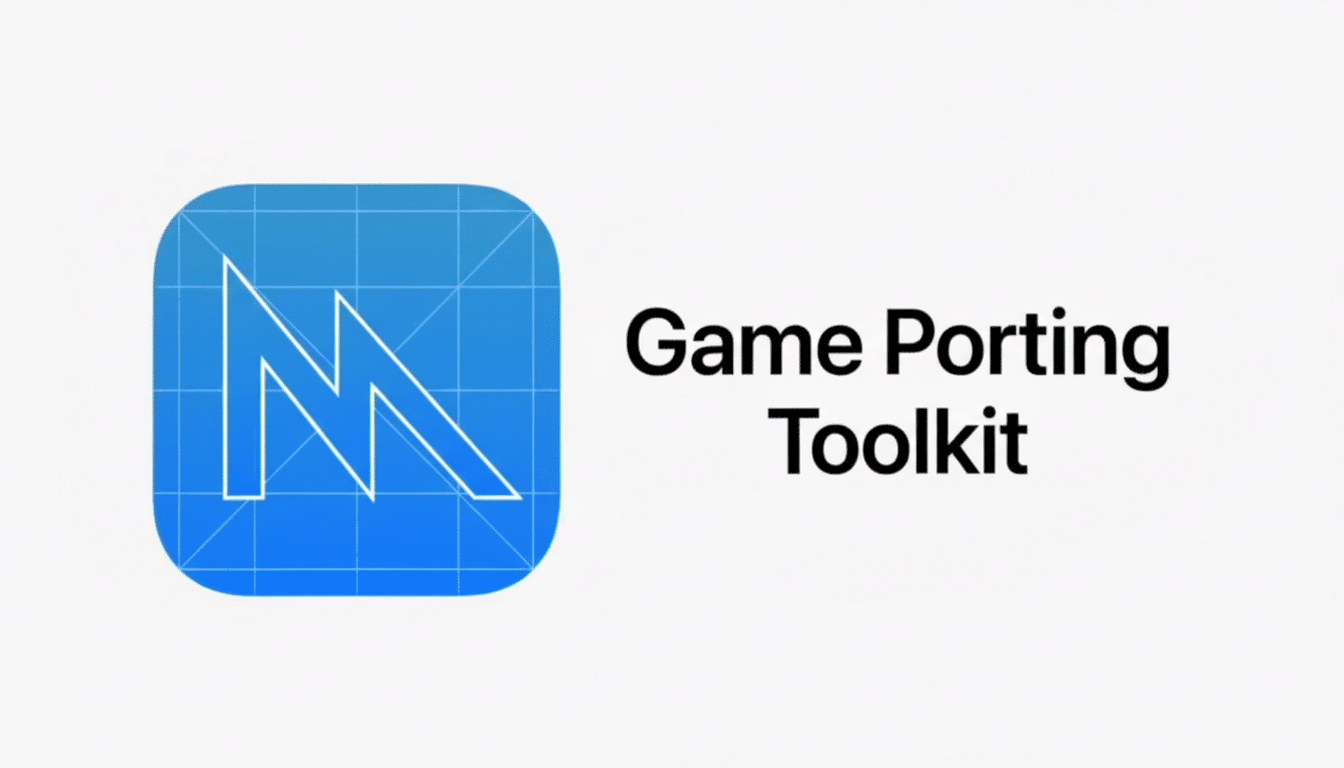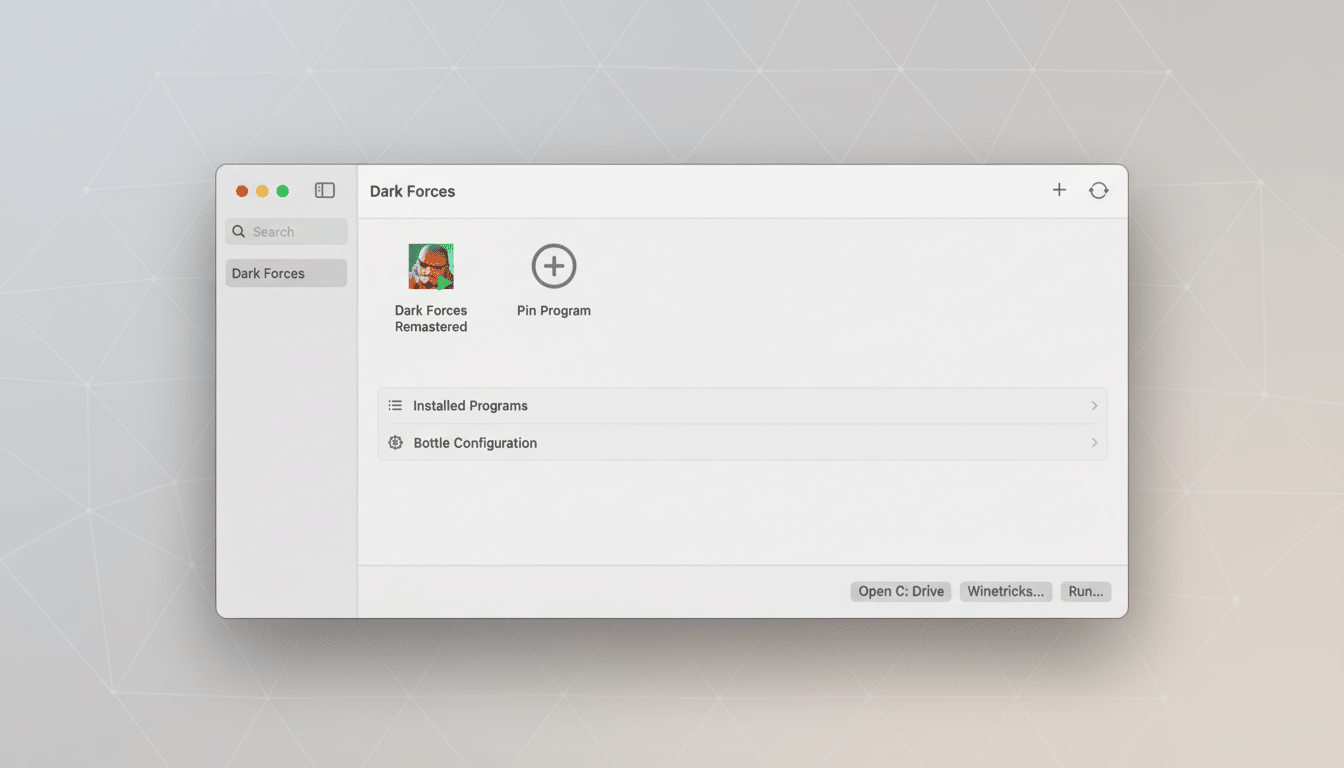Apple’s 14-inch MacBook Pro makes a comeback with a new M5 chip and the same $1,599 starting price tag, marking what amounts to as much a performance upgrade as it is leaning hard in favor of faster graphics and on-device AI while retaining that premium design that made the 14-inch form factor beloved by creators and developers.
M5 Targets Graphics Power And On-Device AI
According to Apple, the M5 will deliver up to a 3.5x boost in AI performance and up to 1.6x faster graphics than its predecessor thanks to a next-gen 10-core GPU architecture featuring a Neural Accelerator dedicated in each core.

The company also reports 4x more peak GPU compute than M4, meaning the chip is primed for heavier loads in video, 3D, and ML inference.
The silicon runs on a third‑generation 3nm process, in line with the wider industry push to improve on 3nm manufacturing for better power and performance. Apple tells me CPU gains are more modest—20% for multi-threaded tasks when comparing to M4—so the biggest leaps should be visible in GPU-bound workflows and also models that utilize the fourth-generation Neural Engine.
Apple’s third‑generation hardware ray tracing also gets a boost, the company promising up to a 45% uplift in apps that make use of it. Look for smoother path-traced previews in pro 3D tools, and higher, more consistent frame rates in titles tuned for Metal and Apple’s Game Porting Toolkit.
Configurations: Holding The Line On Price
The starting model continues to be $1,599 with 16GB of unified memory and a 512GB SSD. For a step-up model that starts at $1,999 (roughly £1,550 or AU$2,850 as well), you get 24GB of unified memory and a 1TB SSD. Apple lists storage up to 4TB, along with a $1,200 premium for that top capacity, a common markup for the on-package NAND in tightly integrated systems.
The remainder of the hardware formula is classic MacBook Pro: Liquid Retina XDR display with ProMotion at up to 120Hz, MagSafe 3 charging, three Thunderbolt ports, HDMI, and an SDXC card slot. That mix remains a differentiator in a high-end Windows field where comparable systems often give up ports for thinness or use lower-contrast IPS panels rather than mini‑LED.
Real-World Performance Implications for Pros and Devs
The tuning of the M5’s GPU and Neural Engine will speed up exports in video-editing tools like Final Cut Pro and DaVinci Resolve, especially for effects that are a combination of machine learning models and graphics acceleration.
Designers working in 3D apps that support Metal ray tracing should also see benefits such as faster previews and cleaner noise reduction while iterating scenes.

The other headline: On-device AI. Apple touts higher memory bandwidth and an improved Neural Engine to help with tasks like transcription, synthesizing images, and running small language models on your device. Developers trying out Core ML or MLX-targeted frameworks can enjoy faster token generation and latency reduction without relying on cloud instances, a common advantage mentioned by privacy-conscious teams.
Battery Life and Thermals in the 14-Inch MacBook Pro
Apple rates the new 14-inch MacBook Pro at up to 24 hours of use, preserving one of the boldest endurance claims in performance laptops. Gains obviously are from the more mature 3nm process and architecture-level efficiency, although how this carries over will depend on the workload mix—GPU-heavy sessions still consume much more power than light development or writing.
From a thermal perspective, Apple’s 14-inch notebook has traditionally been able to keep the overall fan noise down at light workloads while still allowing for sustained performance under load. The balance of bursty responsiveness and long-run consistency will be the measure to watch as independent testing lands from labs that profile export loops and extended compiles.
Who Should Upgrade Now and Who Should Hold Off
The biggest beneficiaries will be owners of Intel-era MacBook Pros and early M1 models—especially creators who depend on GPU features, developers working with large projects, and people who want to drive local AI models for ideation, summarization, or media tasks. If your workload is primarily CPU-bound and you’re already on an M3 or (especially) M4 prior-gen chip, it might feel more like an evolution than revolution, but the graphics and AI uplift could make sense for mixed workloads.
Market Context and Competitive Pressure in Laptops
That the company was able to maintain the price of entry at $1,599 is significant with component costs and premium notebook ASPs on an upward trajectory across the industry. The high end still holds up relatively well, according to IDC, with performance and battery life taking precedence over overall price. That’s where Apple is pushing here, pairing a bold GPU/AI narrative with a solid pricing ceiling to lure in students, freelancers, and small studios.
The wider ecosystem is also important: Apple cites major app makers like Adobe and Blackmagic Design for performance optimizations on Apple silicon, while game developers are exploring Metal and tooling for effects that embellish modern titles.
Apple also says the M5 line will make its way to additional products, further reinforcing the cross-device optimizations that have long been a guiding strategy of its silicon roadmap.
Bottom line: the new 14-inch MacBook Pro focuses its gains where they’ll most be felt in workloads of 2025—GPU throughput and local AI—while hanging on to its price. And for a lot of professionals and upgraders coming from older Macs, that’s an attractive combination.

